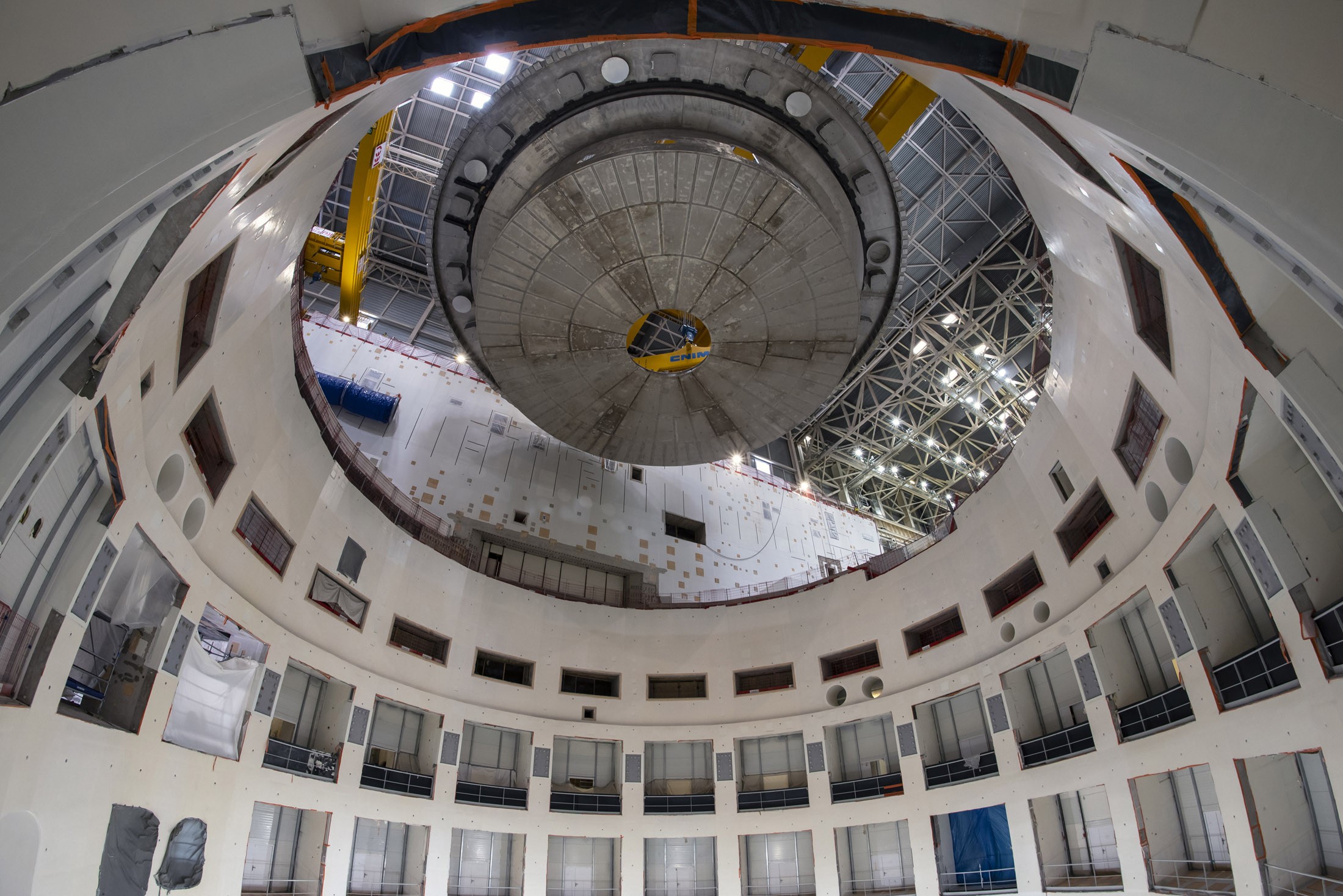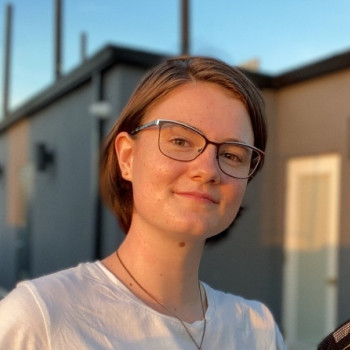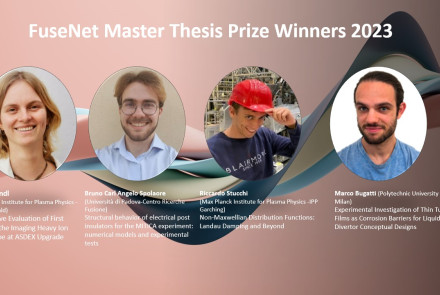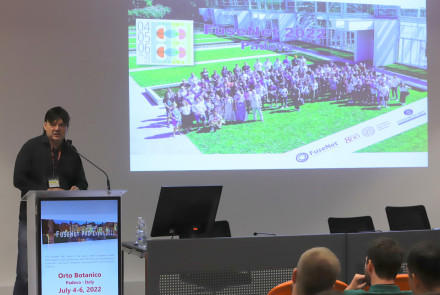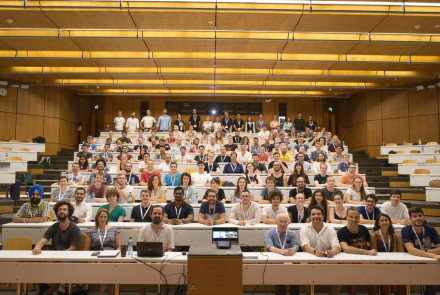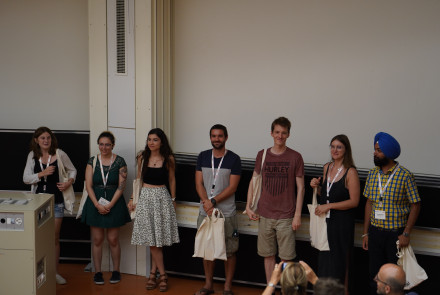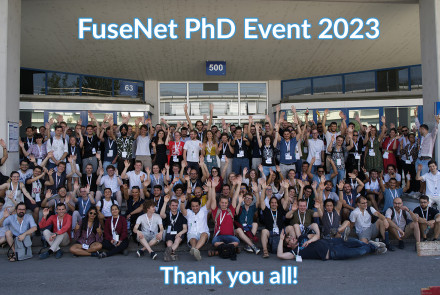Content Spotlight: "ITER: The Giant Fusion Reactor"
Written by Marion E. Smedberg
This article constitutes the first installment of the “Content Spotlight” series, where we focus on a particular topic and conduct a brief interview with an expert in the field. The purpose of these Spotlights is to generate a collection of the most important fusion topics and advances, as well as how these topics shape the fusion world today, as a unique resource for fusion students.
ITER: The Giant Fusion Reactor is the first book to present an insider's view on the ITER fusion reactor project in southern France. With chapters covering the history of the project, why it was plagued with cost and budget overruns, and even the effects of an influx of so many international workers, this book is the go-to resource for anyone interested in learning more about fusion’s (and the world’s) largest experiment.
The author, Michel Claessens, head of communication and external relations of the ITER project from 2011 to 2016, offers readers a unique behind-the-scenes look at this controversial project and introduces them to a world of superlatives: with the largest magnets in the world, the biggest cryogenic plant and tremendous computing power, ITER is one of the most fascinating international, scientific and technological endeavours of our time.
Please describe ITER as to a university Bachelor or Master. What are the most important things to know?
ITER (Latin for ‘the way’), the largest fusion device on Earth, is being constructed in the south of France and has recently passed some major milestones, including installation of the 1200 tonne cryostat base (see the cover image) on the 26th of May. Thirty-five nations are in agreement to support and benefit from the project, each being assigned responsibility for delivering certain components of the machine within stringent specifications. Plasma operation is projected to begin in 2025, with full DT fuel operation in 2035. The reactor will then heat up minute amounts of hydrogen isotopes (only 2 grams) to 150 million degrees, which will trigger their nuclei to fuse, like in the sun and other stars. This should generate a tremendous thermal power of 500 MW. The goal of ITER is to serve as a scientific experiment, verifying scaling laws and testing new theories and technologies; it serves as a stepping stone towards a power plant completely fuelled by fusion.
As the only insider account of ITER available, what motivated you to write your book?
To a great part, it is down to my love of writing and science journalism; it is a pleasure for me to put together a body of work like this. Then, ITER is a wonderful topic in itself! You can write a lot of amazing stories about this project. Since I have had the honour of being part of ITER for a good few years, the book was an opportunity for me to put into words some of the key aspects of the project and its endeavours, which I still find breath-taking. Also, I realised while I was in Cadarache that only a tiny part of the public knows about ITER and fusion – there is thus a demand for more popularisation works.
Do you have any interesting stories to share about working on the ITER site? What was unique about working in that environment?
I have a lot of stories and anecdotes, many of which you will find in my book. What is unique is that ITER is one of the most ambitious energy projects in the world; the tokamak will be one of the most complex machines on Earth. Your colleagues there are among the best ones and you learn every day from 35 cultures! And every day, the landscape is changing because buildings construction is still going on. I remember that, when I started working in Cadarache in April 2011, the quiet atmosphere of the offices was regularly interrupted by emergency sirens and explosions. Massive excavation works were underway on the 42-hectare site and explosives were blasting away rock at an average rate of 4,000 cubic metres per day…
How did your position as ITER head of communication and external relations influence your perspective of the ITER project as a whole?
It is a fantastic position. During my time in this role, I welcomed a hundred or so groups of visitors, which gave me a permanent contact with the 'real world.' I have a scientific background myself (PhD in physical chemistry), which means that I feel quite at ease with any scientific discipline. At ITER I am able to swim like a fish! All in all, I had the opportunity to take part in and observe this project from its many angles, a perspective which enriches the accounts in the book.
More information about this book, and many other resources, are available on the FuseNet website Educational Materials page.
References
Cover image obtained from iter.org/news/galleries. (Accessed on: 17/10/20)

